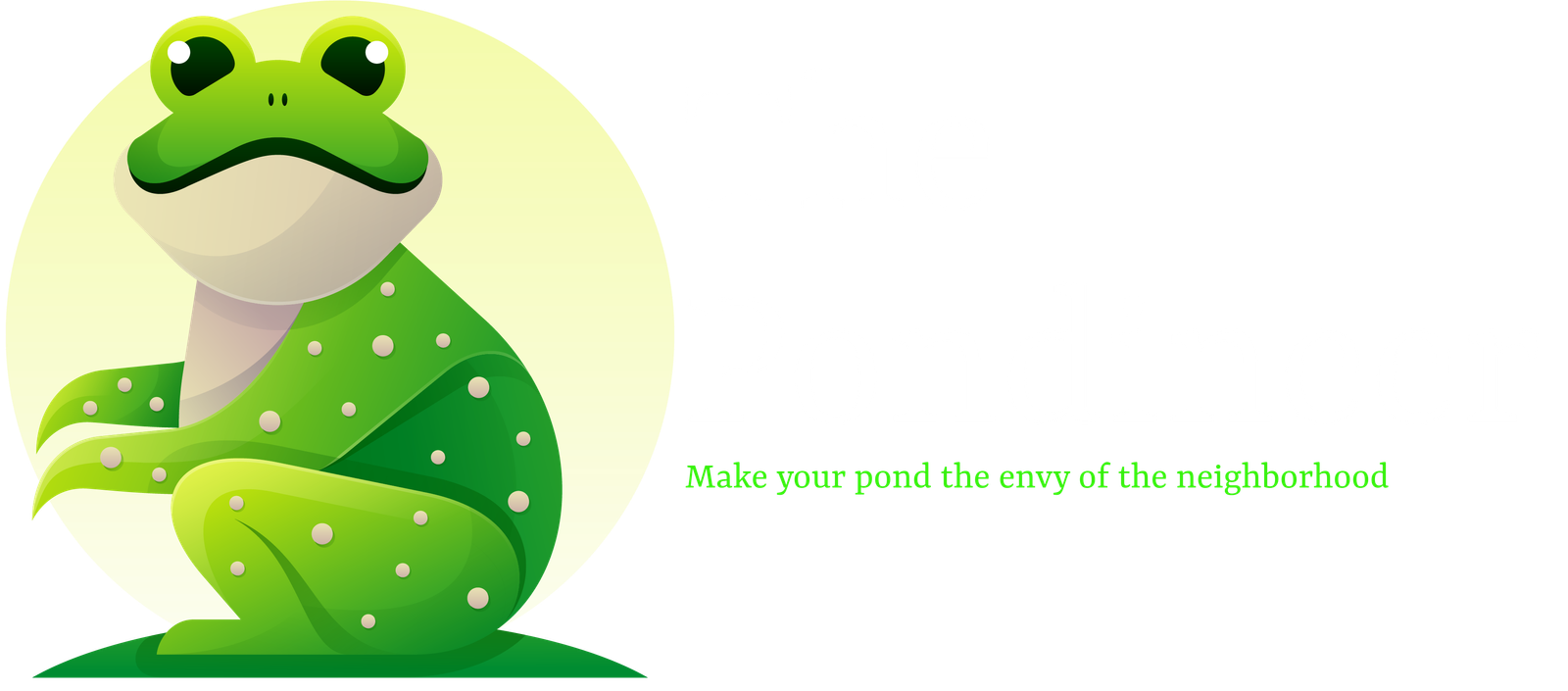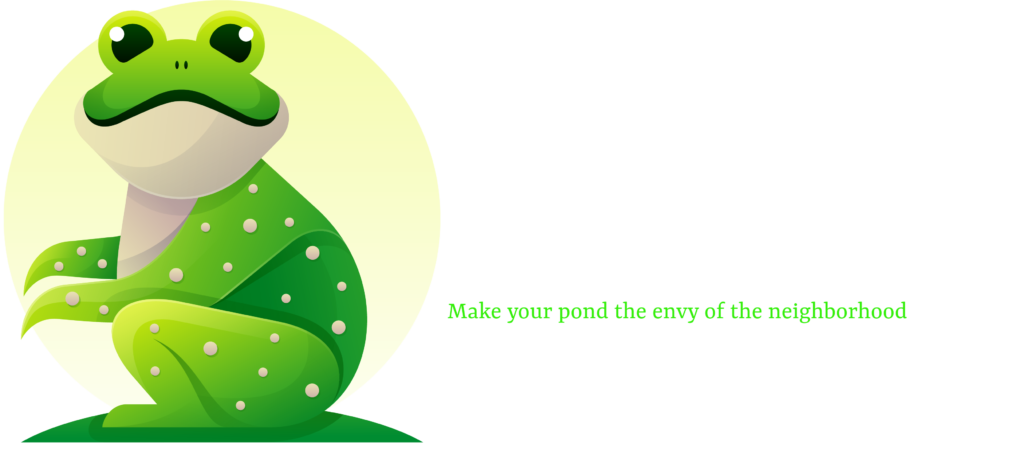Ponds tell stories. Water beetles skate across the surface while tadpoles dart below. A blue heron stands motionless at the edge, patient and alert. These small ecosystems pack life into every layer—surface, water column, and muddy bottom. Children with nets and adults with cameras find equal wonder here. The shallow waters reveal nature’s patterns in miniature. What lives in this liquid world changes how we comprehend the land around us.
Pond Ecosystems: Windows to Biodiversity

When a student peers into a pond for the first time, they glimpse an entire universe. Beneath still waters, pond biodiversity thrives—from microscopic plankton to darting fish. Ecosystem dynamics unfold in real time.
Water quality determines which aquatic organisms survive. Clear water signals health. Murky conditions warn of trouble. Species interactions reveal nature’s balance—predators and prey locked in ancient dance.
Students witness life cycles complete within this miniature world. Tadpoles transform. Dragonfly nymphs emerge. The pond teaches without words. Regular monitoring of water quality parameters ensures that these ecosystems remain vibrant and sustainable.
Habitat preservation becomes personal once children connect with these waters. They protect what they understand.
The Outdoor Laboratory: Hands-On Learning at the Water’s Edge

The pond’s edge transforms into a natural laboratory where learning happens through touch, observation, and discovery.
Students kneel on damp earth, dip collection jars into water. They examine samples under magnifying glasses, counting microscopic life.
Wildlife observation becomes second nature. Children track dragonfly nymphs emerging from water. They document frog metamorphosis in field journals.
Teachers guide but let discovery lead.
This hands-on approach creates lasting knowledge. Water sampling reveals invisible ecosystems.
The pond teaches complex concepts through simple acts—watching, waiting, recording. Nature’s classroom requires no walls, just curious minds and the patient rhythms of pond life. Consistent water quality monitoring ensures the safety of these vibrant ecosystems, enriching the learning experience for all.
Curriculum Connections: How Pond Studies Enhance Academic Subjects

Beyond mere scientific inquiry, pond ecosystems bridge multiple academic disciplines in natural harmony.
Mathematics emerges through measurement, population counting, and graphing seasonal changes. Literature students find inspiration in the calm waters, crafting narratives about observed dramas. Artists sketch lifecycles, capture light rippling across surfaces.
Curriculum integration happens naturally at pond’s edge. Science meets geography when mapping watershed connections. Chemistry students analyze water quality while history classes examine human impact over time.
Where natural sciences and humanities converge, the pond becomes our most eloquent interdisciplinary classroom.
Interdisciplinary projects flourish here. A single tadpole links biology to art, mathematics to environmental stewardship. Ponds don’t recognize subject boundaries—they simply teach. Additionally, studying food webs within pond ecosystems enriches our understanding of ecological interactions and the importance of biodiversity.
Conservation in Action: Teaching Environmental Stewardship
Through direct involvement in pond conservation efforts, students develop lasting environmental ethics that extend far beyond classroom walls. They witness firsthand how pollution impacts aquatic life—algae blooms choking oxygen, trash entangling wildlife, chemicals disrupting reproduction. This creates genuine concern.
Habitat restoration projects provide tangible solutions. Students plant native vegetation, remove invasive species, and create microhabitats. They monitor water quality and document biodiversity changes. The pond becomes their laboratory and sanctuary. By incorporating nutrient-rich composting into their projects, students can further enhance the health of the pond ecosystem.
These experiences transform abstract environmental concepts into lived reality. Students become stewards not through lectures, but through dirty hands and transformed landscapes—protecting what they’ve come to understand and love.
Designing Educational Pond Spaces for Maximum Learning Impact
When designing pond spaces for education, intentional planning must balance natural ecosystem functioning with accessibility for learning.
Effective pond design incorporates diverse microhabitats—shallow margins, deep zones, and varying vegetation—allowing students to observe complete ecological cycles.
Educational features should be both practical and engaging. Viewing platforms let students sample water safely. Labeled native plants demonstrate local biodiversity. Stone paths provide access without disturbing wildlife. Underwater viewers reveal hidden aquatic worlds.
Incorporating elements such as water quality management ensures a thriving ecosystem that enhances the learning experience.
The most effective educational ponds mirror nature while including subtle interventions that enhance learning.
Simple benches near water encourage quiet observation—often where the deepest learning occurs.
Frequently Asked Questions
How Deep Should an Educational Pond Be for Safety?
Educational pond depth should follow safety guidelines of 18-24 inches for younger students, with deeper areas requiring supervision or barriers. Shallow zones enhance accessibility while maintaining educational value.
What Liability Insurance Considerations Apply to School Pond Programs?
Schools need extensive insurance coverage for pond programs, including general liability and specific aquatic policies. Liability waivers should be obtained from all participants before pond-related activities.
Can Pond Activities Accommodate Students With Physical Disabilities?
As the waterbird adapts its journey across diverse surfaces, pond activities can be modified with adaptive equipment and inclusive activities to meaningfully engage students with physical disabilities in educational ecosystem exploration.
How Do Seasonal Changes Affect Pond-Based Teaching Opportunities?
Seasonal changes create diverse teaching opportunities through seasonal adaptations of pond life. Each season offers unique biodiversity observations, from spring amphibian breeding to winter dormancy patterns in aquatic organisms.
What Qualifications Should Educators Have for Pond-Based Instruction?
As sharp as tacks, effective pond educators need basic environmental science knowledge rather than specific certification requirements. Teaching strategies emphasizing hands-on exploration and safety protocols matter more than formal qualifications.

